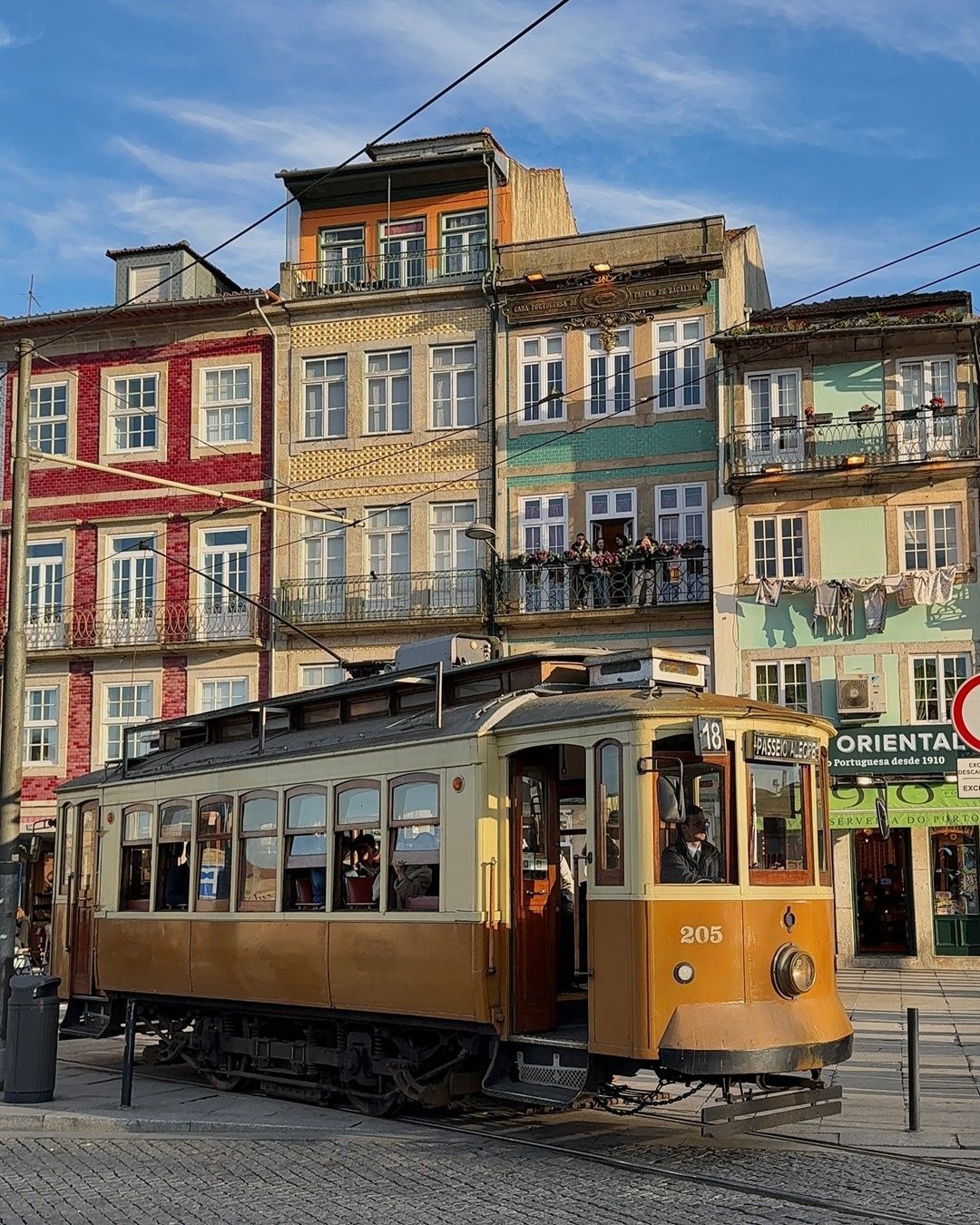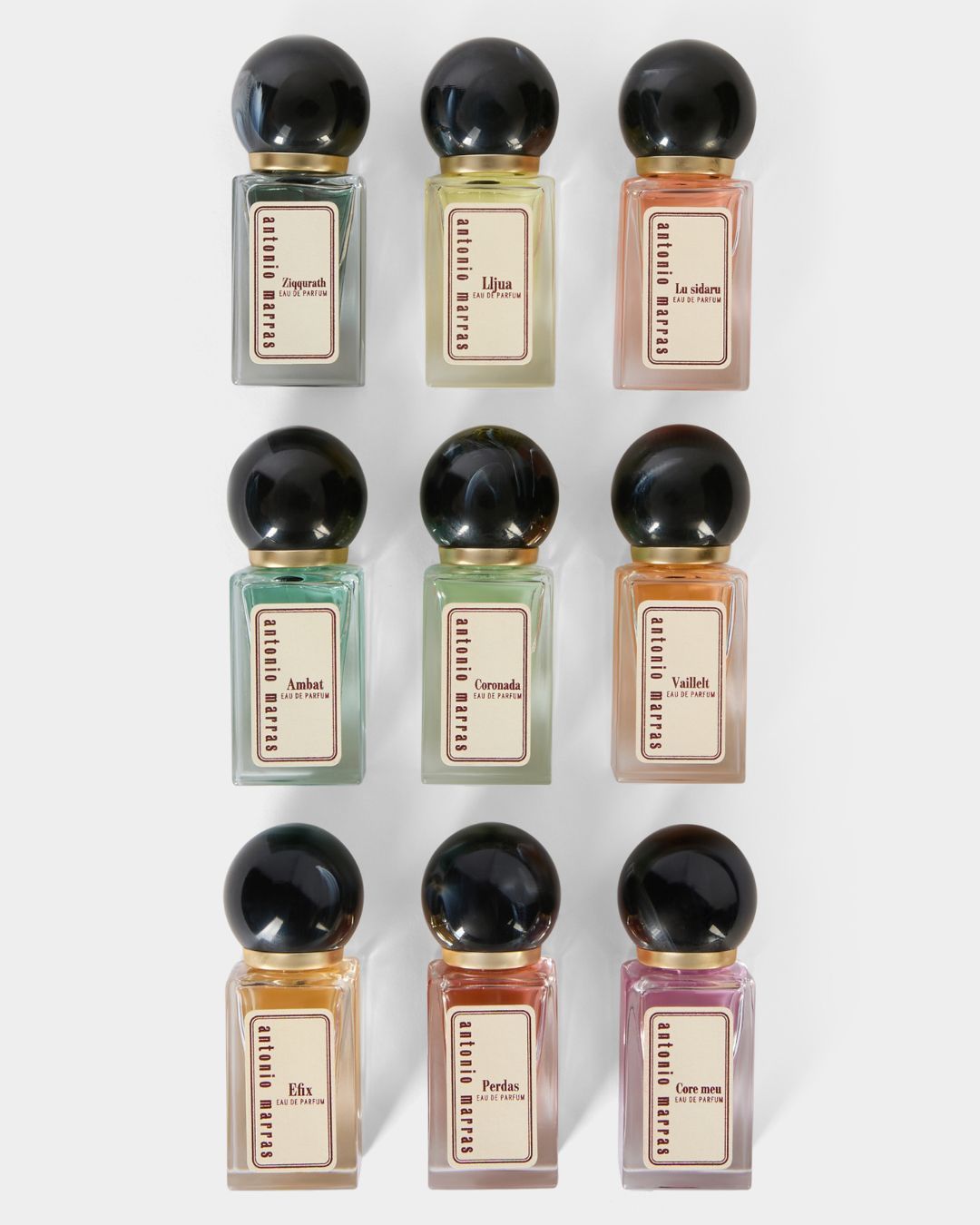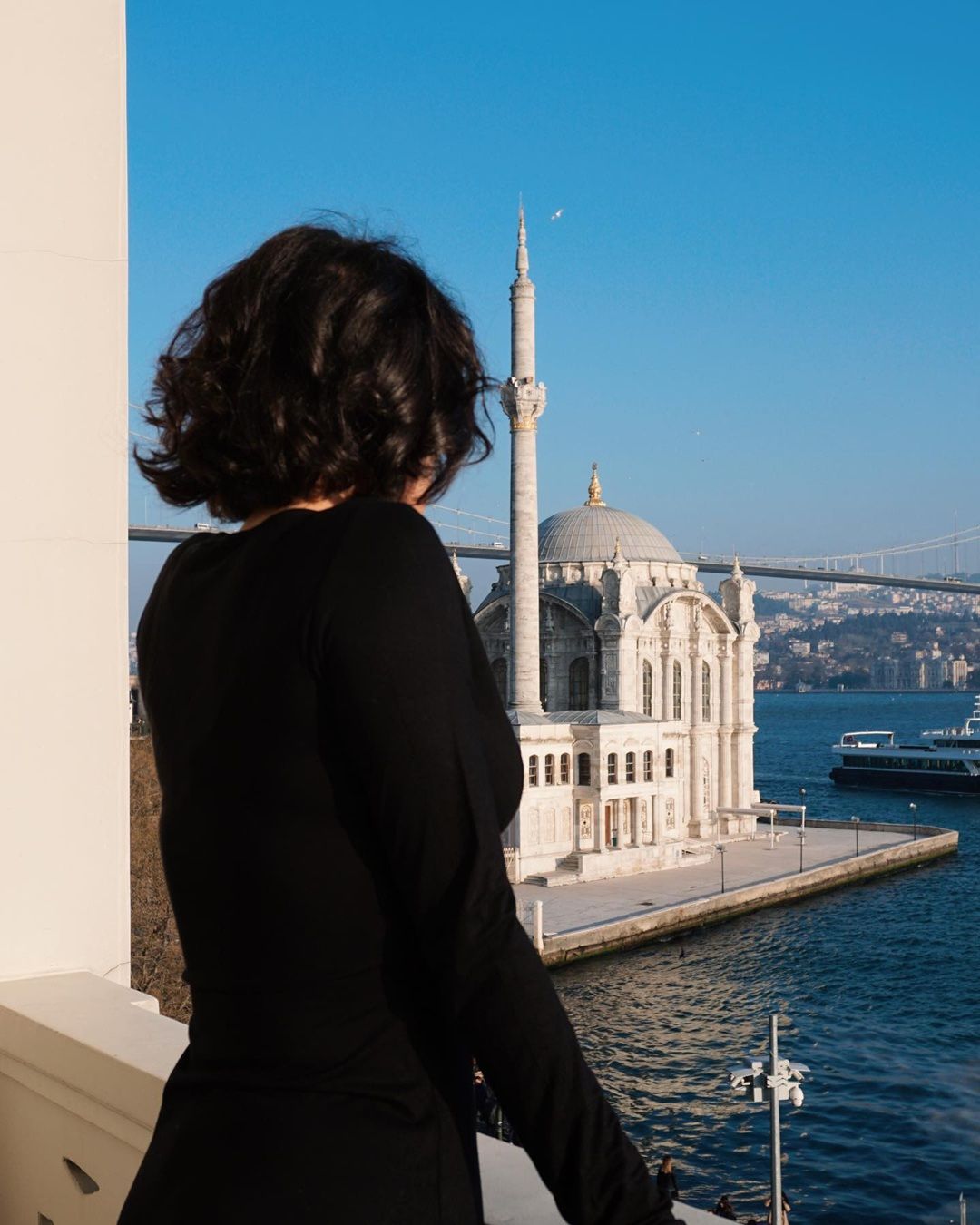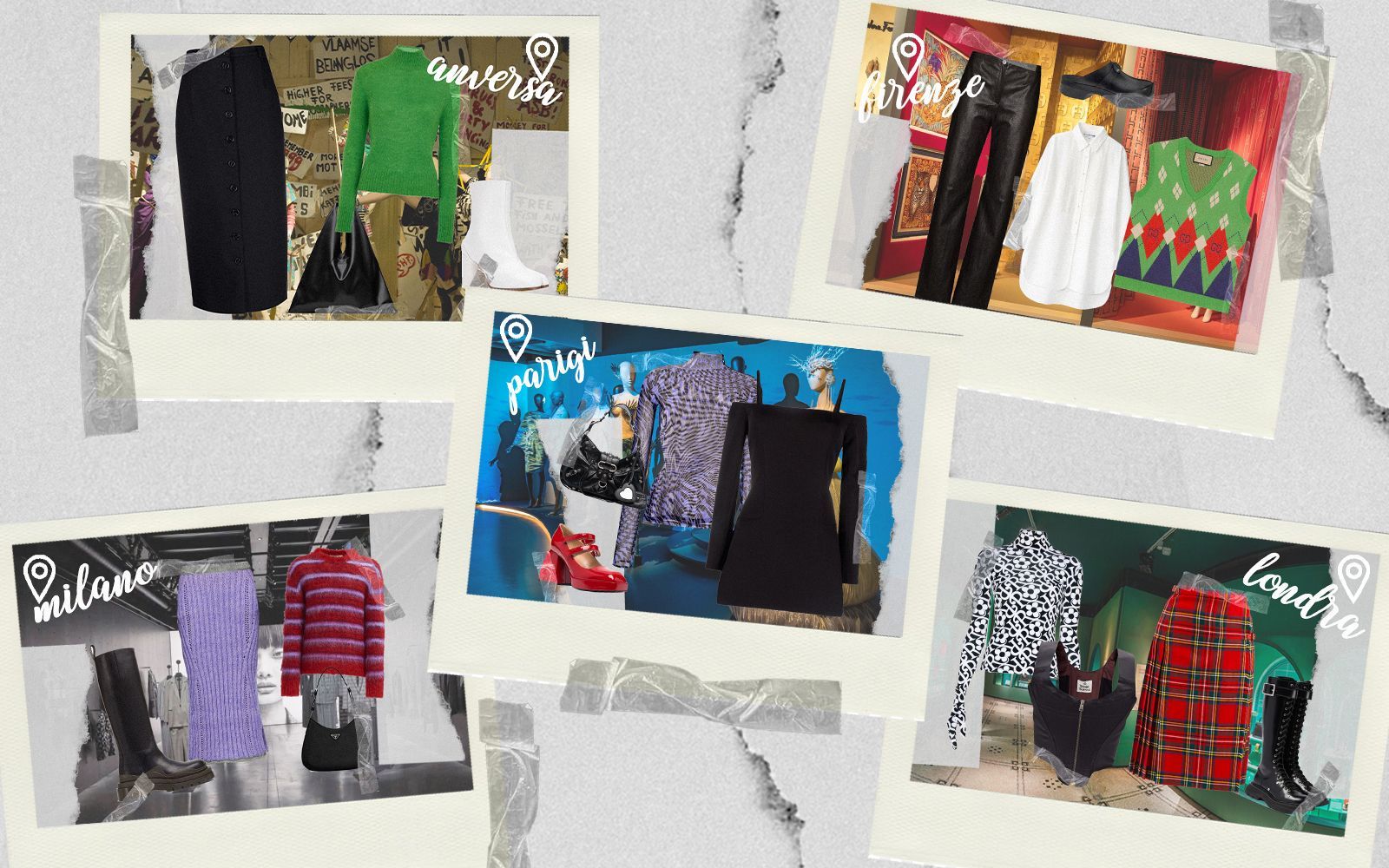
Mini guide to discover Porto Neighborhoods, clubs and restaurants not to be missed during your trip to the Portuguese city
This is my third time walking the streets of Portugal’s second-largest city, and each time it feels radically different. Almost as if every decade, Porto sheds an old skin to wear a new one—bolder, lighter, more daring. When I first came here in 2007, I found a country marked by economic crisis: poor, rundown, with decaying buildings and too many “vende-se” signs on windows. Portugal at the time reminded me of early-2000s Italy: the same weariness, the same neglected beauty, the same nostalgia for a lost time. In 2017, during my Erasmus in Lisbon, I came back to Porto for a few days. The city felt transformed, charged with new energy: more European, younger, more alive. I liked it, but Lisbon still stole the spotlight. Porto remained, in essence, “the second.”
And then came 2025. Almost a decade later, here I am again.
And time has left its mark.
Porto 2025: No Longer Second
Porto has nothing to envy—seriously—not only of Madrid, but even of Copenhagen or Stockholm. Why such bold comparisons? Because the city is spotless, well-maintained, full of construction sites that don't depress, but promise urban renewal. Above all, it's alive with a new generation of Portuguese youth who seem to have taken hold of the future with awareness and kindness. The typical Padarias Portuguesas, where elderly ladies still sell bolo de arroz and pastéis de nata, coexist with concept stores, ateliers, and coworking spaces. What’s striking is the lack of generational tension. More than a clash, it feels like a handover. This is Porto’s beauty: the harmonious coexistence of what was and what will be. Sure, there's still a long road ahead. Portugal remains one of the European countries with the lowest average salaries, along with Italy and Spain. But something is moving.
An Accessible and Authentic City
Porto is big enough to feel like a metropolis, but not so large as to be overwhelming. It’s livable. It’s human. And—crucially—it’s still affordable. One of the few places in Europe, alongside some corners of Spain, where you can live well without spending a fortune. To give you an idea: a glass of wine in a stylish bar costs between €2 and €4. A full dinner in a local tavern rarely goes above €20. Unthinkable in Rome, Milan, Paris, or Berlin.
Neighbourhoods to Discover: Cedofeita, Bonfim and Ribeira
Cedofeita – The Creative Heart
Cedofeita is the artistic district par excellence. Once a residential area, it’s now the beating heart of the alternative culture scene. Independent galleries, creative studios, and shared workspaces abound. Here you’ll breathe the air of a young, international, curious Porto. The streets are filled with cultural events and vintage markets, while cafés serve organic brunches alongside traditional tosta mista. Don’t miss Rua de Miguel Bombarda, one of the most creative streets in the city, packed with contemporary art galleries and design boutiques.
Bonfim – Porto’s Brooklyn
Bonfim, east of the historic center, is one of the fastest-growing neighborhoods in recent years. Known as the "Brooklyn of Porto", it’s a place where gentrification has gone hand-in-hand with local identity. A former working-class area, today it’s home to artists, students, young professionals, and many Portuguese families. Its quiet, scenic streets are dotted with plant-filled cafés, coworking spaces, and independent bookstores. A stroll along Avenida Camilo will introduce you to an intimate, authentic side of Porto.
Ribeira – The Most Beautiful Postcard
You can’t talk about Porto without mentioning Ribeira, the neighborhood overlooking the Douro River. Here, the soul of the city reflects in the water and the colorful houses stacked atop one another. Although quite touristy (and not my personal favorite), Ribeira has retained its charm: an almost aching beauty. At night, bathed in lights, it becomes pure poetry.
Local Hidden Gems You Can't Miss
Here are some special places I’ve discovered—or rediscovered—on this latest trip. True treasures that tell the story of the new Porto.
Squid Ink Works
Squid Ink Works is an artistic collective founded in 2018, made up of eight international artists. Located on Rua do Loureiro, it’s more than a shop—it’s a dynamic space where art, ceramics, photography, and illustration come together. Live performances and impromptu workshops are not uncommon. Perfect if you want to take home a unique piece of Porto and support the local cultural scene.
Fermoso
Fermoso is a craft bakery blending Middle Eastern and Portuguese traditions. Chocolate babka, spiced sweets, soft cookies. Everything is made to order and delivered to your hotel or home. A cozy delight for breakfast or afternoon tea.
Aduela
A bar-tavern across from Teatro Carlos Alberto, beloved by under-45s, both locals and internationals. At Aduela's, wine by the glass is incredibly cheap, and the food is delicious: local cheeses, marinated olives, rustic bread. The old judge’s table used as a counter is a charming detail that reflects Porto’s love for giving things a second life. Socializing is guaranteed: people sit on the ground, chat, laugh. Life spills onto the street.
Poetria Porto
An independent bookstore specializing in poetry and theater since 2003. Also a bistro, wine bar, and community hub. Events include readings, literary jams, slow dinners. The motto? “Come in to read, leave feeling lighter.” I spent over an hour here without even noticing.




















































